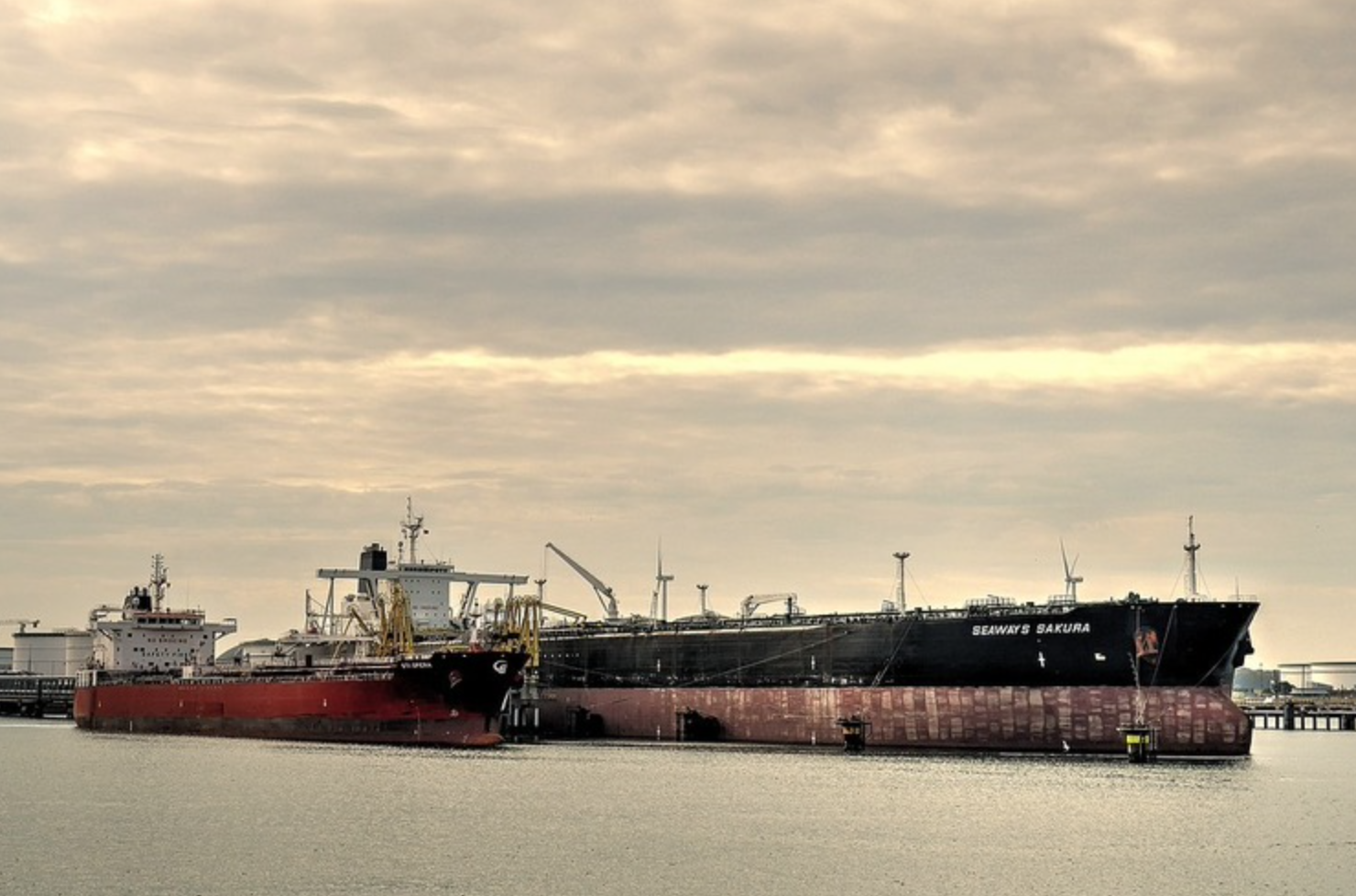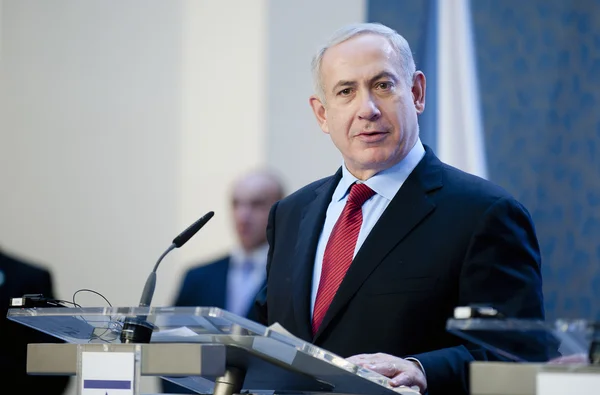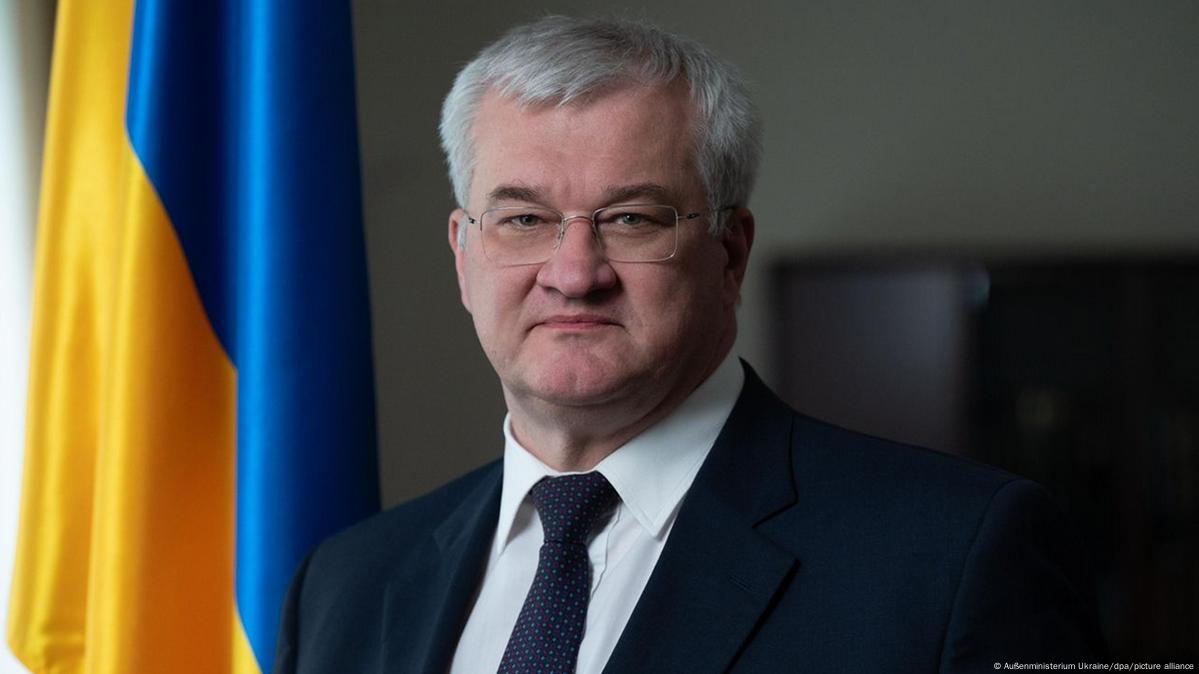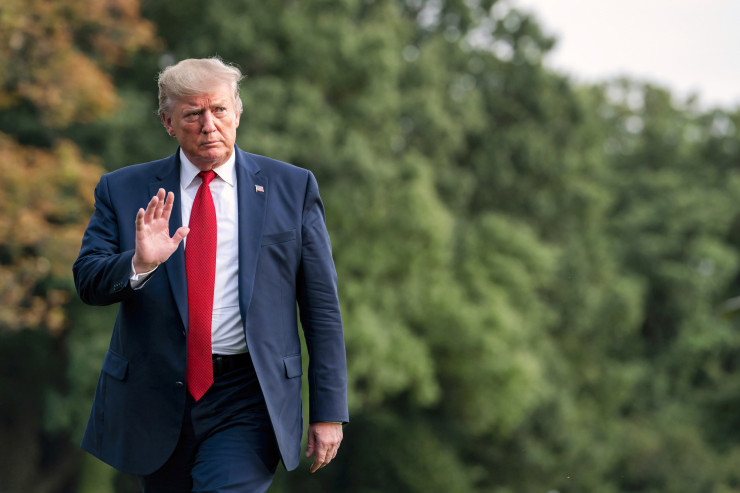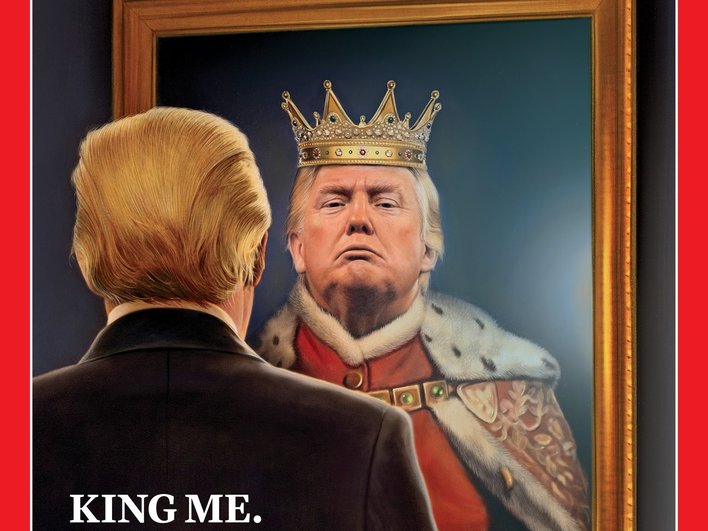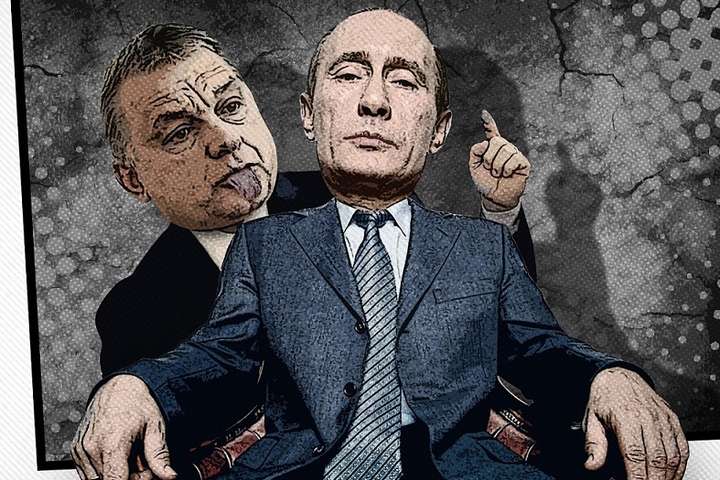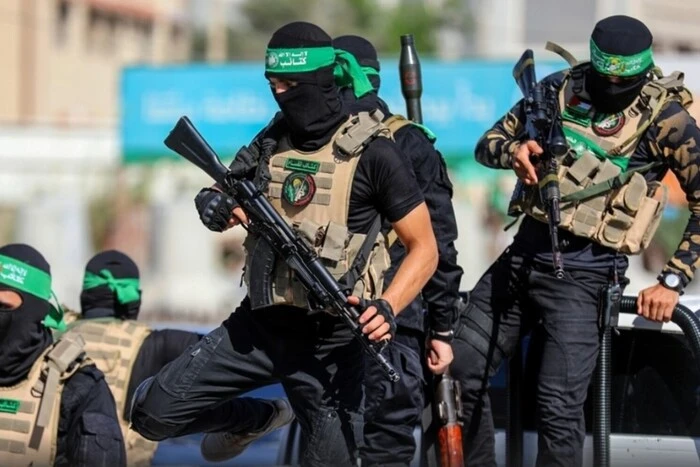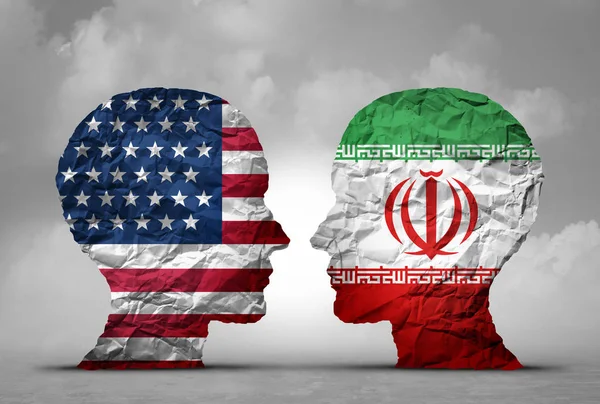Russia’s shadow fleet, consisting of nearly a thousand old tankers, is actively exporting Russian oil without regard to established price ceilings and insurance from Western companies. According to the Defence Intelligence of Ukraine, Moscow has spent about $10 billion on this fleet. In 2023, the number of such vessels was about 600, and they export about 70% of Russian crude oil and petroleum products transported by sea.
The tanker fleet is usually registered under “convenient” flags such as Panama, Gabon, Cook Islands, Liberia and the Marshall Islands. Tanker owners are located in China, India, the UAE, Greece, Turkey and the Seychelles, and management companies are located in the UAE, Greece, China, Turkey and the Seychelles. In order to avoid identification and sanctions, these vessels often change their registration and name, disable the automated identification system (AIS) on certain parts of the route, and mix Russian oil with other grades to conceal its origin.
There is a demand for such oil, and countries such as China, India and Turkey use it for refining and further export as petroleum products. As the sanctions apply only to crude oil and not to petroleum products, these countries are able to sell their finished products on international markets.
In January 2024, the United States imposed new sanctions against Russia’s “shadow fleet”, including 183 tankers carrying Russian oil. As a result of these sanctions, Russian oil exports could fall by 15% in the short term. The Kremlin will also be forced to increase the discount on its oil for buyers, as well as to revise production targets downwards.
However, in order to effectively block this scheme, it is necessary to continue working in several directions. To completely block this channel, it is important to track the actual routes of tankers, impose sectoral sanctions and block the assets of companies operating these vessels, and prohibit them from entering ports, territorial waters and international straits.

